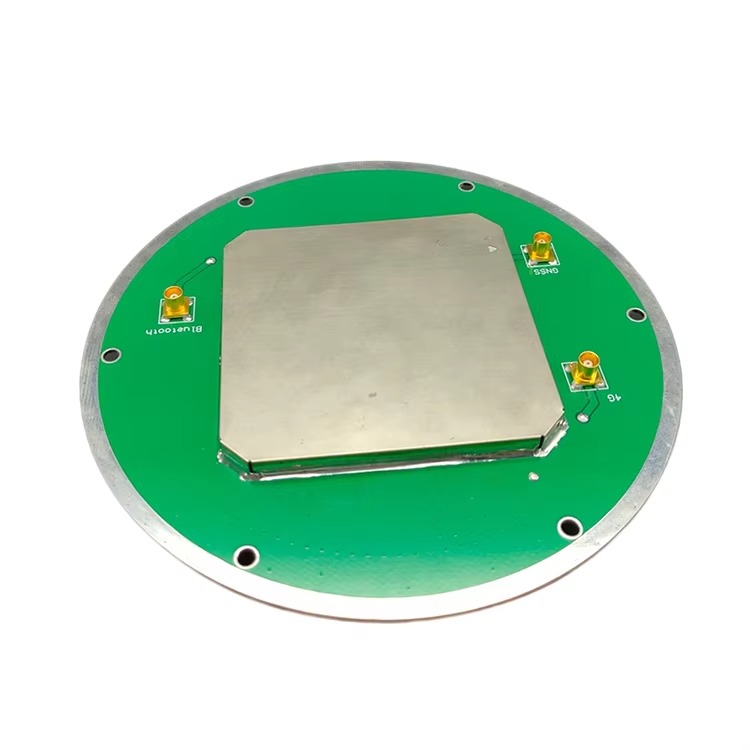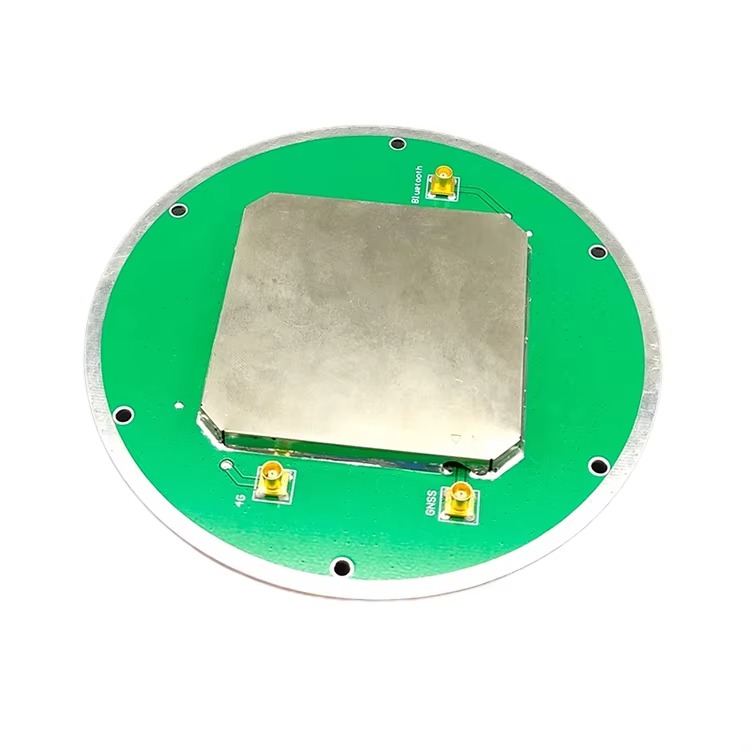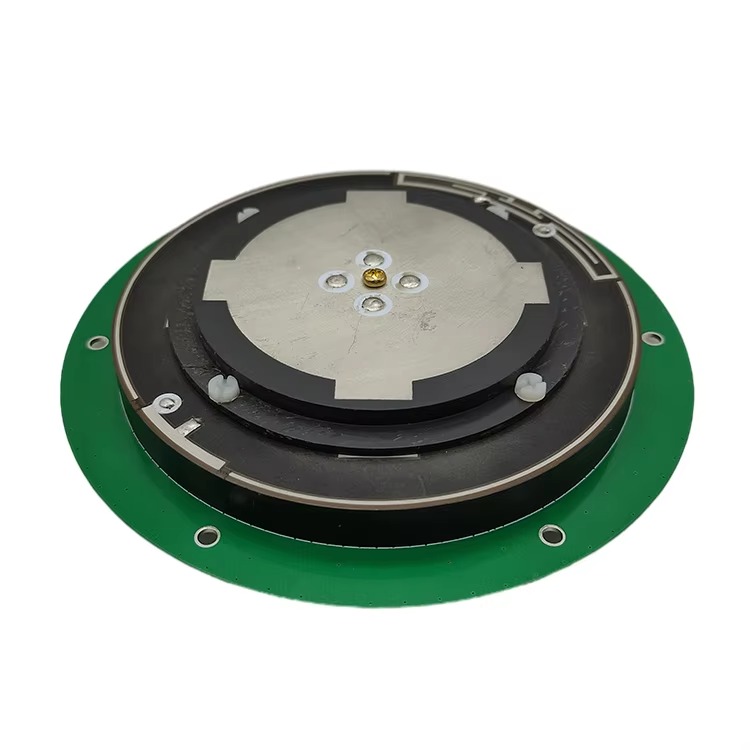Applications and Future Trends
Applications:
The application base for AJ-equipped RTK antennas is found wherever GNSS is critical and interference is a potential threat:
Defense and Military: Unmanned Aerial Vehicles (UAVs), manned aircraft, ground vehicles, and dismounted soldiers for navigation, targeting, and communication in electronically hostile environments.
Homeland Security and Public Safety: For jamming resilience during critical infrastructure protection, counter-drone operations, and law enforcement activities where jammers might be used by adversaries.
Autonomous Systems: Ensuring the continuous operation of autonomous trucks, agricultural machinery, and marine vessels where a loss of GNSS could lead to operational failure or safety incidents.
Aeronautics and Aviation: For test ranges, unmanned traffic management (UTM), and future urban air mobility (UAM) vehicles operating in RF-congested airspace near cities.
Critical Infrastructure Monitoring: For deformation monitoring of dams, bridges, and nuclear power plants where continuous, reliable data is essential and the system must be protected against both unintentional and intentional interference.
High-Value Surveying and Construction: For large-scale projects in urban environments or sensitive areas where the risk of jamming—either from industrial equipment or malicious actors—is high and downtime is prohibitively expensive.
Future Trends:
SWaP Reduction: The dominant trend is the miniaturization of components. Integration of RF components into System-in-Package (SiP) designs, use of more efficient GaN amplifiers, and more powerful yet lower-power DSP chips will drive down the size, weight, and power consumption of these systems.
AI/ML-Enhanced Algorithms: Incorporating Machine Learning (ML) and Artificial Intelligence (AI) to improve jammer classification, predict jammer movement, and enable faster nulling of more complex interference types, such as pulsed and frequency-hopping jammers.
Deep Integration with Anti-Spoofing: The next generation will combine adaptive nulling with cryptographic and signal-quality monitoring techniques to provide a holistic "Anti-Jam and Anti-Spoof" (AJAS) solution within a single antenna unit.
Collaborative and Networked AJ: Developing systems where multiple AJ antennas on different platforms can communicate and share jammer location data, creating a networked picture of the electromagnetic battlefield for coordinated nulling.
Cognitive GNSS: Systems will become "cognitive," able to not only null jammers but also to dynamically switch to the cleanest portion of the spectrum or even utilize alternative PNT (Positioning, Navigation, and Timing) signals when GNSS is denied.
Cost Reduction for Commercial Markets: As technology matures and volumes increase, AJ capabilities will begin to trickle down from military-grade to high-end commercial and industrial applications, becoming a standard feature for critical autonomous operations.
Conclusion
The RTK GNSS Antenna with Anti-Jamming Capability represents the necessary evolution of high-precision positioning technology in an increasingly contested electromagnetic spectrum. It is no longer sufficient to simply measure GNSS signals with exquisite accuracy; that capability must be defended and made resilient. This antenna is that defense, a sophisticated fusion of array antenna theory, adaptive digital signal processing, and precision GNSS engineering.
It functions as a selective spatial filter, dynamically sculpting its reception pattern in real-time to admit desired signals and reject malicious or accidental interference. While it introduces significant challenges in terms of cost, size, and complexity, its value proposition is undeniable for any application where the failure of GNSS equates to mission failure, financial loss, or safety risk.
The future of this technology is directed towards greater integration, intelligence, and accessibility. As autonomous systems become more pervasive and reliance on precise PNT deepens, the role of the resilient antenna will only grow in importance. The RTK GNSS Antenna with Anti-Jamming capability is therefore not just a technical product, but a critical enabling technology for building robust, reliable, and trustworthy systems for navigation and timing in the 21st century and beyond. It ensures that the promise of centimeter-level accuracy can be kept, even under duress.




































































 Language
Language
 En
En Cn
Cn Korean
Korean

 Home >
Home > 







 18665803017 (Macro)
18665803017 (Macro)













